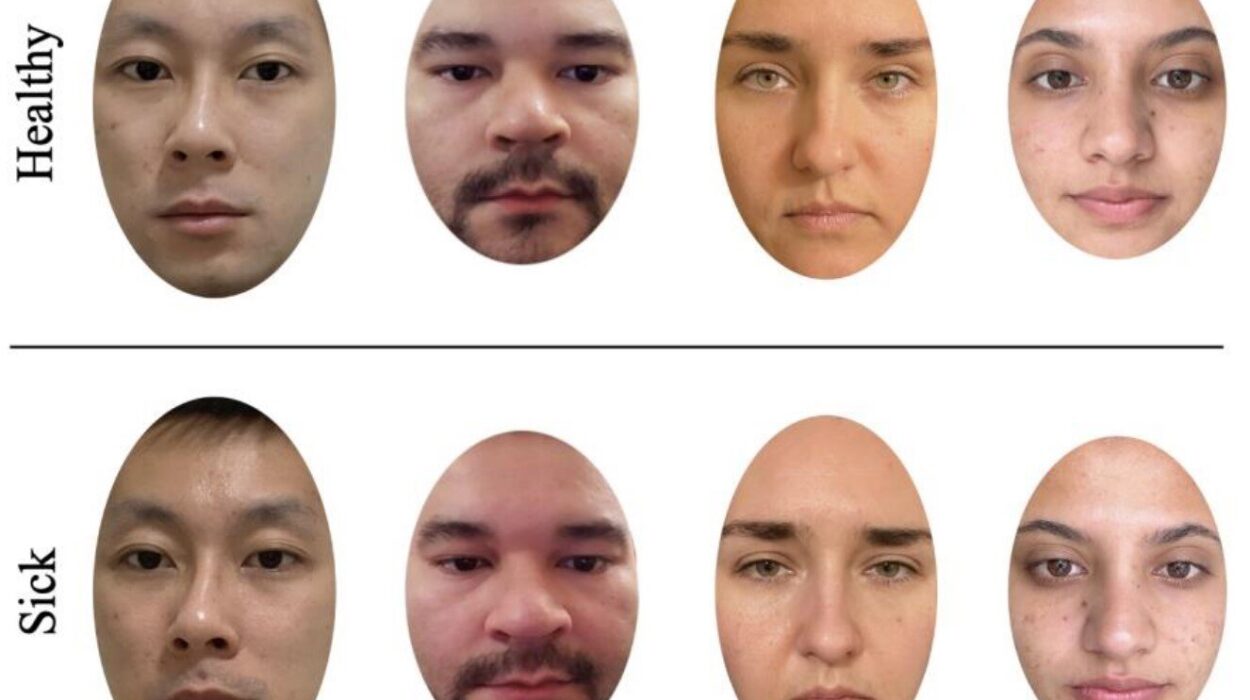It begins with a word left unread, a door gently closing, a gaze that passes over you as if you were invisible. It can arrive in a cold email, a silent room, or an echo of laughter that wasn’t meant for you. Rejection doesn’t wear a uniform. It wears silence, neglect, dismissal. It doesn’t draw blood, but it bruises in ways that defy logic.
We call it “heartbreak,” but scientists now know rejection wounds the brain.
And not metaphorically.
Your mind processes social rejection with the same neural circuits it uses to process physical pain. That’s not poetry. That’s biology. Rejection, in the eyes of your brain, is a threat to survival. And what happens inside your mind when it faces rejection is one of the strangest, most revealing truths of what it means to be human.
The Evolutionary Roots of Being Left Out
To understand the strangeness of rejection, we must first travel back to the beginning—back when humans roamed in small tribal groups, vulnerable to predators, climate, and hunger. For our ancestors, being alone wasn’t just lonely. It was lethal.
The tribe meant safety. Belonging meant food, shelter, protection. Social bonds weren’t emotional extras. They were existential necessities. To be excluded from your group was a death sentence, and our brains evolved with this danger in mind.
That’s why the human mind developed an incredibly sensitive radar for social threats. Rejection, exclusion, humiliation—they were all seen as survival risks. And the brain learned to respond to them with the same urgency it might react to a predator’s roar or a fire’s heat.
Today, we live in cities, scroll through screens, and swipe through dates. But that ancient brain wiring still rules us. That’s why being ignored by someone you care about can trigger anxiety that feels almost primal. That’s why “ghosting” can feel like being emotionally ambushed. The brain hasn’t forgotten the ancient cost of being cast out.
Pain, Literally: The Neuroscience of Social Rejection
In 2003, a groundbreaking study used fMRI scans to explore what happens in the brain when people experience social exclusion. Participants played a virtual ball-tossing game, believing they were interacting with real people. Initially, everyone included them. But as the game progressed, the other players began to exclude them.
What lit up on the brain scans was startling.
The anterior cingulate cortex—a region activated when the body experiences physical pain—was suddenly glowing. Alongside it, the insula, another area involved in pain and emotional awareness, also surged with activity.
Rejection wasn’t just metaphorically painful. It activated the same brain regions as being burned or cut.
Your brain, in essence, doesn’t differentiate much between a broken heart and a broken arm.
This isn’t just academic trivia. It explains why rejection can hurt so disproportionately—why a single cold message or social snub can leave you breathless, stunned, even physically ill. It’s your mind interpreting a social wound through the same lens it uses for survival.
The Broken Mirror: Rejection and Self-Identity
But the strangeness doesn’t end with pain. Rejection also attacks one of the most delicate structures in your brain: your sense of self.
When we are rejected—whether romantically, professionally, or socially—our brain doesn’t just register pain. It launches an existential audit. Suddenly, we question everything: Am I good enough? Smart enough? Attractive enough? Lovable at all?
This self-scrutiny isn’t a conscious choice. It’s a built-in response. In psychological terms, rejection triggers a narcissistic injury—a blow to the ego that forces the mind to re-evaluate its own worth.
Evolutionarily, this may have been adaptive. If the tribe cast you out, maybe it helped to wonder why. Maybe adjusting your behavior increased your odds of re-inclusion. But in the modern world, this tendency can turn toxic.
After a job rejection, you don’t just update your resume—you question your competence. After a romantic breakup, you don’t just grieve—you rewrite your identity around your unworthiness. The mind doesn’t ask, “What happened?” It asks, “What’s wrong with me?”
The answer is often nothing. But the brain doesn’t know that. It’s simply doing what it evolved to do: protect you from being excluded again. Even if that means attacking itself.
Social Media: The Rejection Machine in Your Pocket
Never in history has the human brain been so exposed to the possibility of rejection. One hundred years ago, you might be rejected by a lover, an employer, or a village. Today, you can be rejected by thousands—anonymously, casually, cruelly.
Social media is a rejection amplifier.
A photo gets no likes. A message is left on “read.” A friend posts a party you weren’t invited to. Every alert, or lack thereof, becomes a referendum on your social value. And your brain, wired to track social inclusion like it once tracked predators, cannot ignore it.
Research shows that online rejection lights up the same pain centers as real-life exclusion. What’s more, it’s relentless. Every scroll offers a new opportunity for comparison, dismissal, or feeling invisible. The rejection might be passive, but the pain is active.
This doesn’t mean social media is evil. But it does mean we must understand what it’s doing to our minds. Because your brain treats digital slights with prehistoric urgency. And that’s a dangerous mismatch.
Rejection Sensitivity: When the Mind Overlearns Pain
Some people seem to bounce back quickly from rejection. Others spiral. This isn’t about strength—it’s about wiring.
Psychologists have identified a trait called rejection sensitivity—the tendency to anxiously expect, readily perceive, and overreact to social rejection. People with high rejection sensitivity often interpret ambiguous social cues as negative. A delayed text reply becomes proof of hatred. A mild critique becomes evidence of betrayal.
This trait often develops in childhood. Kids who experience emotional neglect, inconsistent love, or bullying may grow up with hyper-attuned rejection radars. Their brains learn that exclusion is likely, even inevitable, and prepare accordingly.
This becomes a self-fulfilling prophecy. Fear of rejection can make people clingy, defensive, or withdrawn—behaviors that, ironically, invite the very rejection they fear. It’s a tragic loop: the brain tries to prevent pain but ends up rehearsing it.
And yet, once we understand this loop, we can break it.
What the Mind Learns from Rejection
Here’s the strangest twist of all: rejection, for all its pain, isn’t always a curse. Sometimes, it’s a teacher. A sculptor. A fire that burns away illusion and reveals what truly matters.
Studies show that rejection can increase motivation. Athletes who are cut from teams often train harder. Writers rejected by publishers sometimes produce their best work afterward. Entrepreneurs denied funding often pivot to better ideas.
But here’s the key difference: growth from rejection requires interpretation. The brain must make meaning out of pain. It must move from “I’m worthless” to “This was painful, but I will adapt.”
Neuroplasticity—the brain’s ability to rewire itself—is strongest when paired with intentional reflection. That’s why journaling, therapy, and mindful solitude help. They let the brain rewrite the rejection narrative. They turn injury into insight.
Rejection can also clarify values. When we’re pushed out of a group, we ask: Was I really aligned with them anyway? When a relationship ends, we reflect: Was I my truest self, or just trying to be accepted?
In this way, rejection is not just a wound. It’s a mirror.
The Healing Brain: How to Recover from Rejection
The brain doesn’t come with a manual, but it does come with mechanisms for repair. One of the most powerful is connection.
After rejection, seeking safe, affirming relationships helps restore the mind’s sense of belonging. Studies show that even brief, positive social interactions can reduce the pain of exclusion. A warm smile, a kind word, a shared laugh—all of these recalibrate the brain’s threat response.
Another tool is self-compassion. Neuroscientist Kristin Neff’s research reveals that treating oneself with the same kindness we’d offer a friend activates the caregiving system in the brain. This soothes emotional pain and reduces the sting of rejection.
Even Tylenol—yes, the over-the-counter painkiller—has been shown in studies to reduce emotional pain from rejection. That’s how deeply intertwined physical and social pain are in the brain.
But perhaps the most profound healing comes from narrative. When you give your rejection a story—when you say, “This hurt, but it led me to this new place”—you integrate the pain into your identity. You become not a victim, but an author.
What Rejection Reveals About Being Human
At its core, rejection exposes our need for connection. It reveals that we are not solitary minds floating in meat suits—we are profoundly relational beings. Our brains were built not just to survive, but to belong.
This is why exclusion hurts. And why inclusion heals.
Your brain, strange and brilliant, treats social bonds as sacred. When it panics over a missed text or aches over a lost love, it’s not being dramatic. It’s doing what it evolved to do—protect the tribe. Protect you.
So the next time rejection knocks, remember: your brain isn’t broken. It’s ancient. It’s trying to keep you alive, even when it overreacts.
And even when it hurts, your mind is learning, growing, reshaping itself.
Rejection may feel like a door closing. But in the theater of your brain, it’s often the curtain rising.






